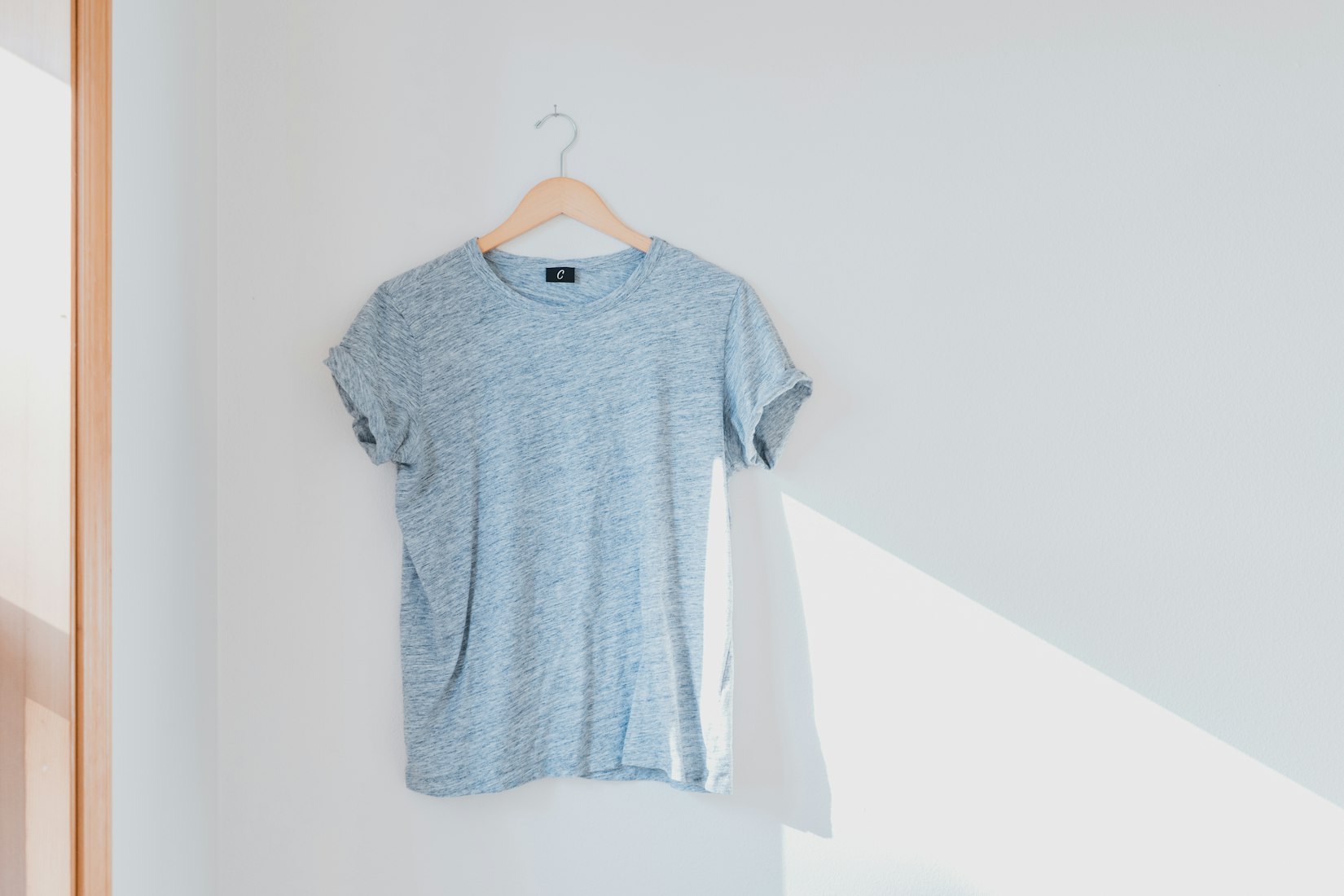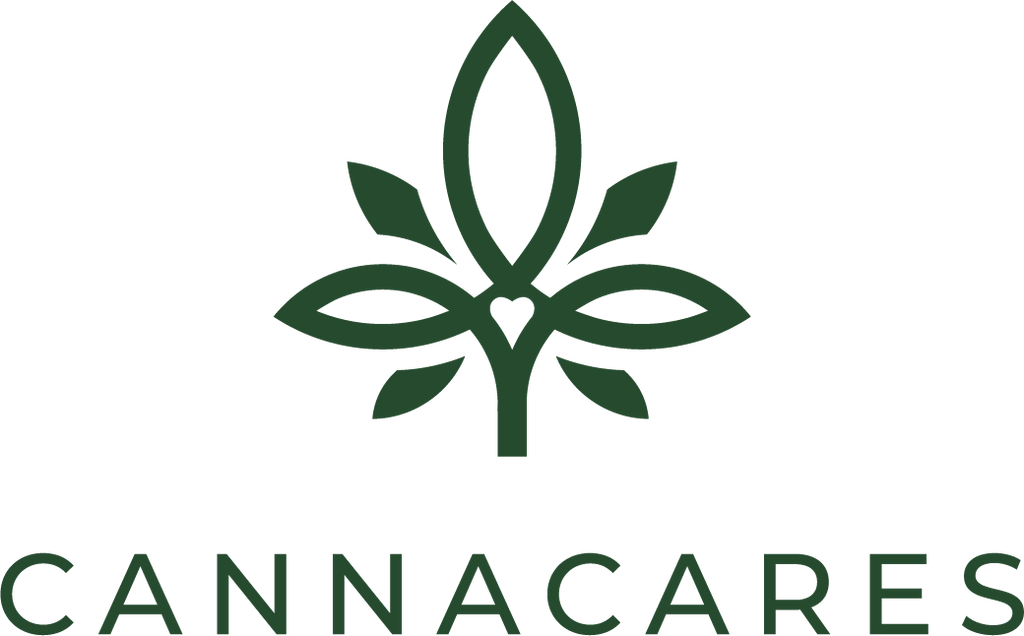What to Look out for When Buying CBD Online
Posted by Lewis Olden on
*Scroll down to the bottom of the article to find your discount code for ALL Cannacares CBD Products
As cannabidiol (CBD) continues to grow in popularity, so does the importance of ensuring the CBD you purchase is of high-quality and sourced responsibly. Despite product options being limited over a decade ago, nowadays, CBD is available in a variety of forms such as oral CBD spray, CBD oils, CBD capsules, transdermal CBD patches and CBD vape oils.
As the market continues to flourish, hundreds of CBD companies have emerged, making it rather difficult to distinguish between the good and the bad. As seen in all industries, there are low-quality products, high-quality products, and everything in between. Despite CBD growing in popularity over the years, understanding what makes a CBD product high-quality isn’t exactly common knowledge. Hence, many customers end up heedlessly purchasing CBD brands which have the most effective marketing strategy or based on what’s trending. This results in many people believing they have purchased a high-quality CBD product when, in actual fact, it’s often of poor quality. Not only is purchasing low-quality CBD products a waste of money but you're unlikely to achieve the desired health benefits and at times, even risk your health due to the unsafe chemicals in the product.
The following article is designed to help CBD customers understand lab reports and know what to look for when you buy CBD online (or anywhere for that matter).
Has the CBD Product Undergone Testing by a Third-Party Lab?
One of the key things to look for before purchasing any CBD product is if the product has undergone testing by an independent third-party laboratory. Once a product has been tested, the laboratory will provide the CBD company with a report which should be displayed on the company’s website.
When a company does not publish a lab report on its CBD products it could mean that the laboratory found the CBD product did not, in fact, contain the claimed amount of cannabinoids, or possibly that harmful contaminants were detected. It's highly unlikely that the company has simply forgotten to publish the lab report as any reputable company knows the importance of it.
Without a lab report, it is near impossible to determine if the resulting CBD product is in fact safe to use or consume. This is why it is crucial to read a valid Certificate of Analysis (lab report) before buying any CBD product online.
It’s important to know that certain companies may prefer to provide their valid Certificate of Analysis once a customer has purchased the product. If this is the case, you can contact the company and submit a request to review their lab reports. If you don’t receive a response to your request and the lab report isn’t already published on the company website, it’s not recommended.
Key things to look for in a laboratory report
Once you find a Lab Report for a CBD product, there are certain things to look out for.
What Lab performed the testing and analysis?
Firstly, it’s important to find out which lab carried out the analysis. To determine if the lab is credible, check the International Organization for Standardization (ISO). Being accredited by the ISO means that the lab meets particular specifications and operates under set guidelines that are authorised and monitored by a governing body. There are various other accreditation programs, however, in terms of cannabis analysis reporting, ISO is the most renowned.
What date was the lab report was published?
Another key thing to look out for is the date in which the lab report was printed. At present, there is no law regarding how often a CBD product must undergo testing if at all. If the company is using lab reports that are several years old, it is cause for concern as it is a company’s duty to customers and the cannabis industry to frequently and methodically test their products to guarantee each batch is safe. Ideally, a lab report analysing a CBD product should not be older than 10 months.
Does the lab report state that there are no harmful contaminants in the product?
During testing, a credible laboratory will look for and confirm if there are any contaminants within the tested sample. Contaminants refer to any harmful component such as heavy metals - like zinc, copper, iron and manganese - which are present in many food and water products. Even the air we breathe contains certain heavy metals due to erosion and weathering. In small amounts, these metals pose no threat to human health, however, nowadays, increased industrial and agricultural pollution has led to a significant increase of pollutants entering crops which can be extremely harmful to animals and humans if consumed at elevated concentrations. Hemp strains hold many benefits, with one key function being that it can absorb most elements and compounds in the soil. For this reason, hemp is commonly used to detoxify areas of land polluted by oil, heavy metals, pesticides, and other contaminants. Once the hemp plant is harvested, the contaminants are no longer present in the soil. The contaminate absorption ability of the hemp plant poses a threat to individuals who consume cannabis-based products as extreme exposure to heavy metals can result in severe health risks, particularly for individuals already suffering from a medical condition. An independent laboratory should test for heavy metals and describe them in the published report.
Microorganisms are living organisms that are present everywhere and another example of a CBD product contaminant. Only in recent years were humans discovered to possess their own microbiome meaning every person contains several different species of microbe that live on and inside the body. Most of these microbes pose no risk to a person's health. Instead, the main role of these organisms is to shield us from other harmful and infectious microbes. In order for these harmful microbes - like tuberculosis and pneumonia - to infect the body, they must first enter the body. A common entry point is through ingestion and CBD oil is an example of an edible product which is prone to microbial contamination. This happens when the hemp plant supply is contaminated during growth or storage by microorganisms such as mould, bacteria or fungi. When certain microbes are ingested, they can produce toxins within the body which is extremely dangerous to health. Third-party lab tests can confirm if the CBD product contains any form of the microbe and any CBD company not willing to publish a report on their products should be avoided.
If a contaminant is present in a sample but below the limit of what is regarded as safe, the report will record ‘Pass’ under the ‘Status’ column. This confirms the CBD product to be safe to use. If the sample possesses contaminants that exceed the level of ‘ safe’ it will be recorded as ‘Fail’ under the ‘Status’ column. This is a strong warning that the product should not be used or consumed.
Does the list of cannabinoids on the product match the lab report?
The main component of a product’s lab report is to analyse and summarise the cannabinoid profile and levels within the sample. In layman’s terms, this refers to listing each cannabinoid detected in the sample and stating its concentration within the sample.
When reading a lab report, always confirm the cannabinoid content matches the listing on the CBD products packaging or label. For instance, if a product’s label claims to contain 700mg of CBD, then this should also be in the lab report. At times, the cannabinoid content can deviate slightly, however, a large difference between the lab report and what’s stated on the product’s packaging should trigger alarm bells.
What Level of THC does the Product Contain?Whilst recreational and medical use of cannabis is legal in certain states in America, Canada and Uruguay, it remains illegal in most other countries. This includes the psychoactive component of the plant - Tetrahydrocannabinol (THC).
For a CBD product to be deemed legal, only trace amounts of THC (0.3% or less in the UK) can be present in the product. This is the amount that is regarded as safe and that won’t induce any of the psychoactive effects associated with THC.
Before purchasing any CBD product, confirm that the product you are hoping to purchase contains less than the legal limit of THC allowed in your country.
What Ingredients Does the Product Contain?
Another key thing to read before purchasing any CBD product is the ingredients list. If you are unsure of an ingredient listed on the packaging or label, always google it to determine if it is safe or not.
CBD products made from organic and all-natural ingredients is a good indicator that they are safe and effective. Furthermore, many companies have started to include premium ingredients to enhance the overall health benefits of the product - for instance: Vitamin D for strengthening the immune system or co-enzyme Q10 which is a natural energy booster.
How was the Hemp Cultivated?
CBD is predominantly extracted from the hemp plant and the quality of this source plays a massive role in the quality of the resulting product. Despite many reputable companies having strong relationships with their suppliers to monitor and ensure quality hemp, many companies aim to secure their hemp source for the cheapest possible price. For example, certain brands are known to buy CBD isolate from wholesale suppliers and have no information regarding where the hemp is coming from or the conditions in which it was grown.
When searching for a reliable CBD company, it is recommended to look for one which owns their own farm. Companies with their own farm can supervise the whole manufacturing process from seed to finished product. Being able to trace and monitor the entire production process allows companies to ensure better quality control and often results in better high-quality products.
If the company does not own their own farm, where was the hemp sourced?
Hemp can be sourced from various countries including, but not limited to, European countries, the United States, and China.
As the cannabis industry develops so does the standard of quality. For instance, many companies source their hemp from America due to the nutrient-rich soil and high cultivation standards. Moreover, if the farm involved in supplying the hemp is a member of the Pilot Programs in Colorado, North Carolina, or Kentucky, it can be regarded as a reliable and safe source as this program practises and monitors an extremely high standard of cultivation.
What method of cultivation was used?
Another crucial factor is the way in which hemp is cultivated. Listed below are the key cultivation strategies that should ensure the growth of healthy and happy hemp:
➔ Maintaining the correct ph-balance within the soil
➔ Using hemp seeds sourced from certified companies
➔ Avoiding the use of any pesticides, Genetically Modified Organisms (GMOs), and other unnatural practices
As a customer, it may be difficult to obtain information regarding the cultivation process of the hemp source, however, asking a company who responds with knowledgeable answers and willingly discloses any information regarding the hemp plant can install confidence that the CBD product is of high-quality.
How was the CBD Extracted?
High-quality CBD products are most commonly extracted using safe solvents such as carbon dioxide (CO2). This conventional extraction method ensures a safe extract is produced which does not contain any other chemicals which often happens using other methods. CBD products which contain CBD oil extracted using propane, butane, pentane and hexane should be avoided at all costs as these chemicals are known to result in harmful contaminants.
What Form of CBD is used in the Product?
It is important to be aware of which type of CBD is in a product. The difference between each type refers to the cannabinoid extraction process.
CBD Isolate : This is pure CBD which was extracted from the hemp source and then isolated from other cannabinoids that were present, CBD isolate is 99% pure CBD extract.
Full-Spectrum CBD: This is when CBD is extracted from the hemp source along with all other cannabinoids that are present, including THC.
Broad-Spectrum CBD: This is a mixture of both CBD isolate and Full-Spectrum CBD. It is basically Full-Spectrum CBD minus the THC.
Always remember, if the price appears too good to be true, it probably is
As previously mentioned, reputable CBD companies producing quality CBD oil will always have their products verifiably tested and tell you how much CBD the product contains. The concentration or total number of milligrams should be printed clearly on the label or box it came in. High numbers means greater potency and to be regarded as effective, the product should contain 250-1000mg per 30ml bottle. Less than this, you will not feel the desired effect and have wasted your money.
At Cannacares, all CBD products undergo stringent quality control from field to bottle. Extracted using modern and state-of-the-art CO2 extraction methods, all CBD oils are produced using organic, non-GMO plants. No harmful chemicals such as pesticides, herbicides or fertilisers are ever used during cultivation. Cannacares will only ever sell 100% natural CBD products which are under rigorous testing. If you would like to read a CBD products lab report, please email info@cannacares.co.uk.








